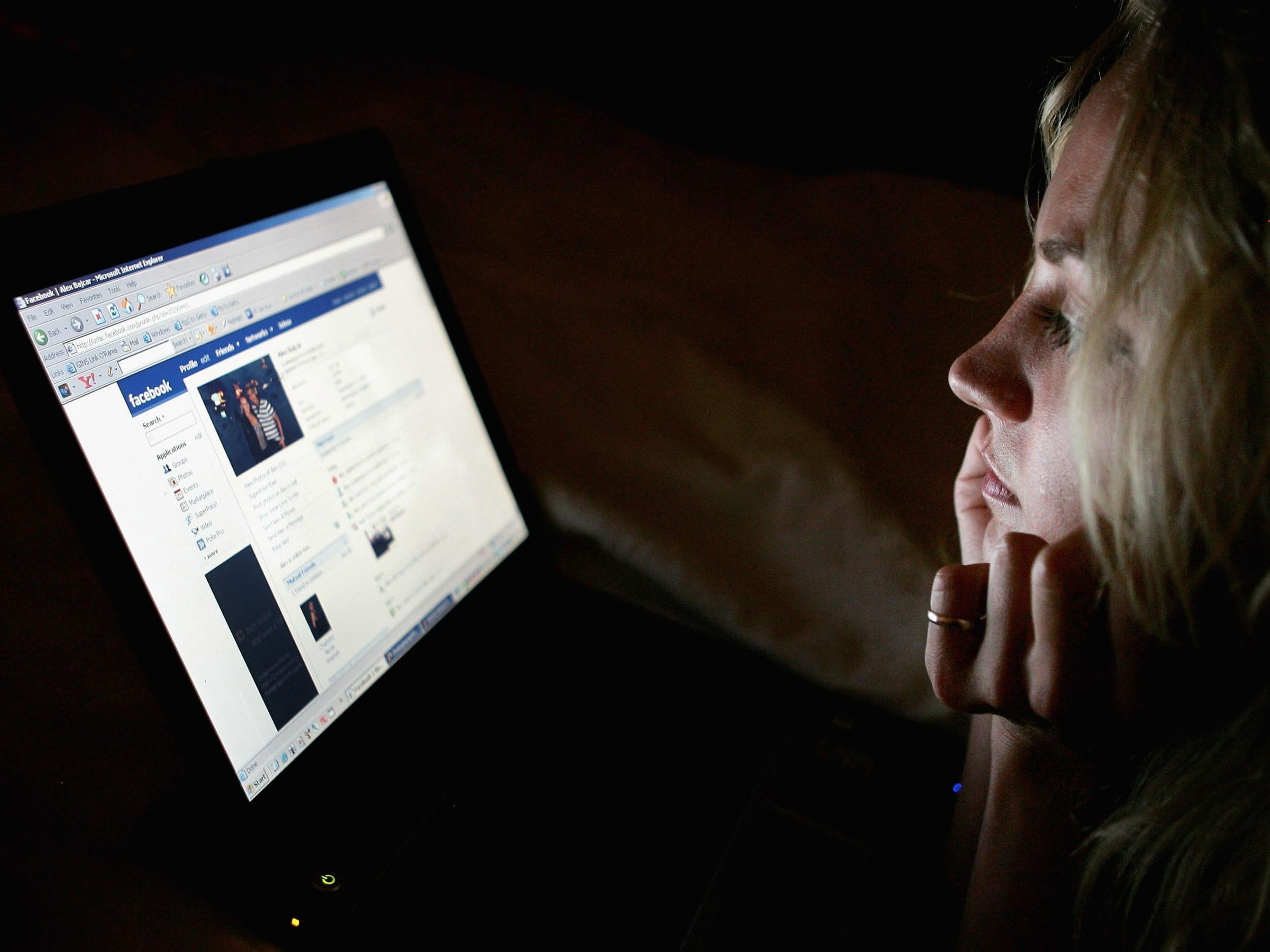Facebook's effects on teenagers' brains revealed in UCLA study
'When the teens saw their own photos with a large number of likes, we saw activity across a wide variety of regions in the brain,' says researcher Lauren Sherman

Your support helps us to tell the story
From reproductive rights to climate change to Big Tech, The Independent is on the ground when the story is developing. Whether it's investigating the financials of Elon Musk's pro-Trump PAC or producing our latest documentary, 'The A Word', which shines a light on the American women fighting for reproductive rights, we know how important it is to parse out the facts from the messaging.
At such a critical moment in US history, we need reporters on the ground. Your donation allows us to keep sending journalists to speak to both sides of the story.
The Independent is trusted by Americans across the entire political spectrum. And unlike many other quality news outlets, we choose not to lock Americans out of our reporting and analysis with paywalls. We believe quality journalism should be available to everyone, paid for by those who can afford it.
Your support makes all the difference.The same parts of the brain activated by winning money and eating chocolate is activated when teenagers see large numbers of social media "likes" on their own photos, a new study has found
Scientists from UCLA's Brain Mapping Centre conducting a study involving 32 teenagers aged between 13 and 18.
The volunteers were each shown 148 photos on a social network similar to Instagram, including 40 of their own photos.
The researchers analysed the participants using functional magnetic resonance imaging (fMRI).
Each of the photos displayed the number of likes it has supposedly received from other participants.
In reality, the number of likes were assigned by the researchers, with the participants informed of the situation after the study finished.
Lead author Lauren Sherman, a researcher from the UCLA's Children's Digital Media Centre, said: "When the teens saw their own photos with a large number of likes, we saw activity across a wide variety of regions in the brain.
"We showed the exact same photo with a lot of likes to half of the teens and to the other half with just a few likes."
The region found to be particularly active is called the nucleus accubens, which is parts of the brain's reward circuitry.
It is thought the reward circuitry is particularly sensitive during adolescence.
The study found that the participants were more likely to like a photo if it had already received a lot of likes.
She added: "When they saw a photo with more likes, they were significantly more likely to like it themselves.
"Teens react differently to information when they believe it has been endorsed by many or few of their peers, even if these peers are strangers."
The study is published in the journal Psychological Science.
Join our commenting forum
Join thought-provoking conversations, follow other Independent readers and see their replies
Comments